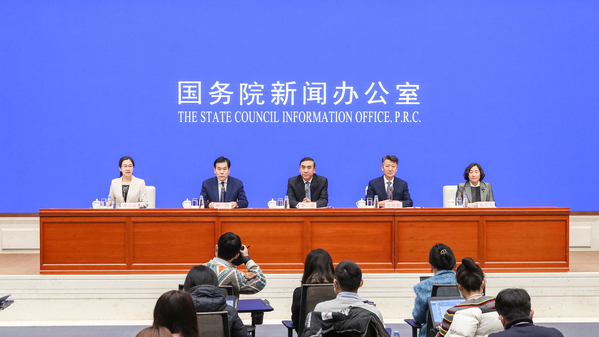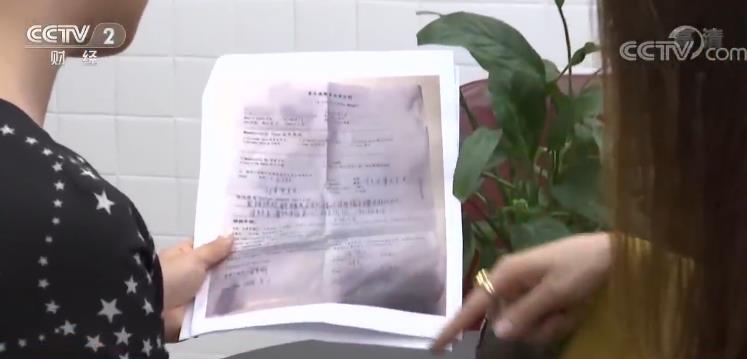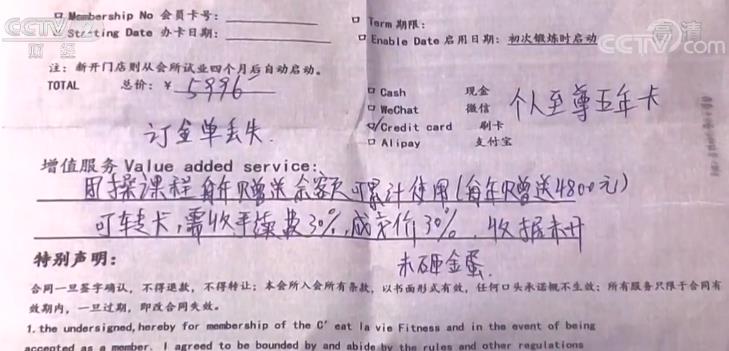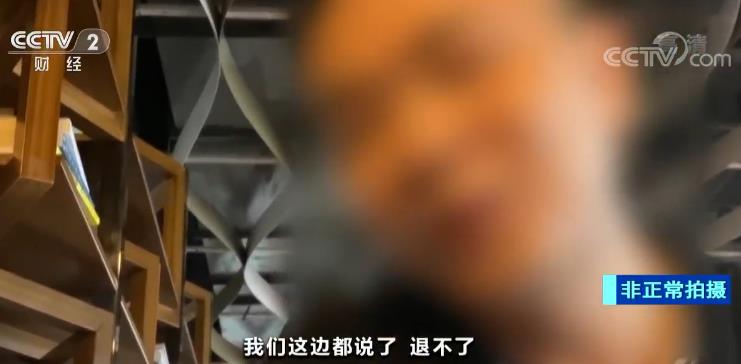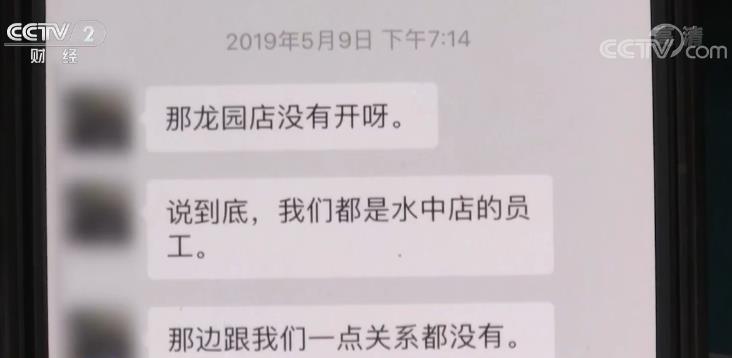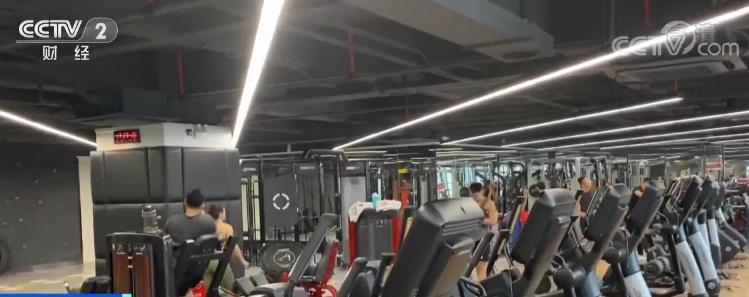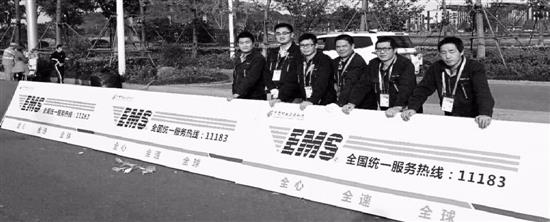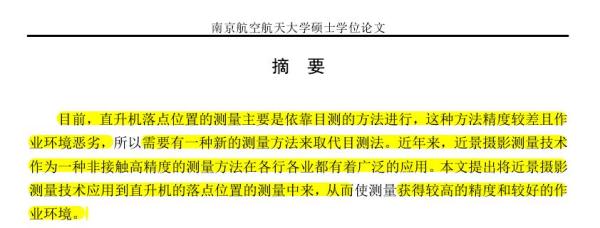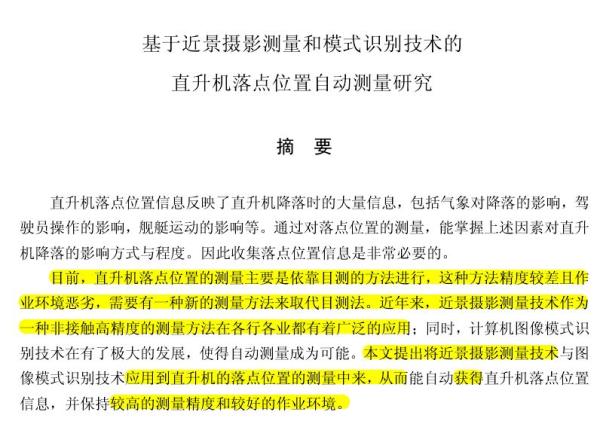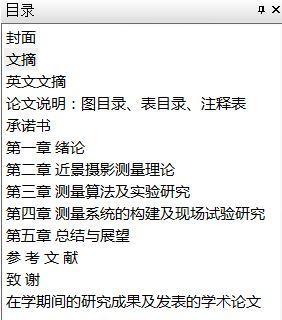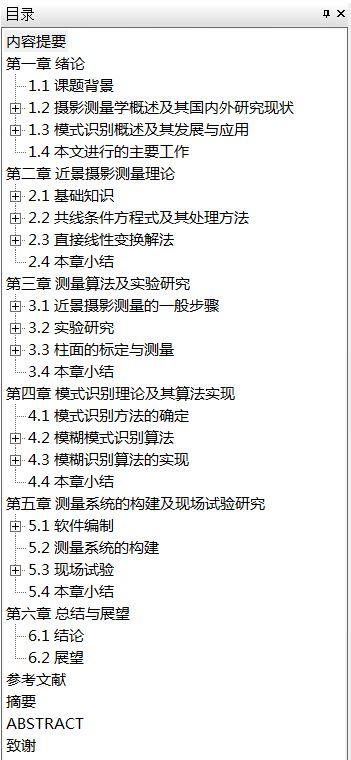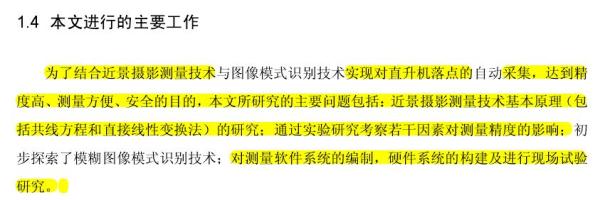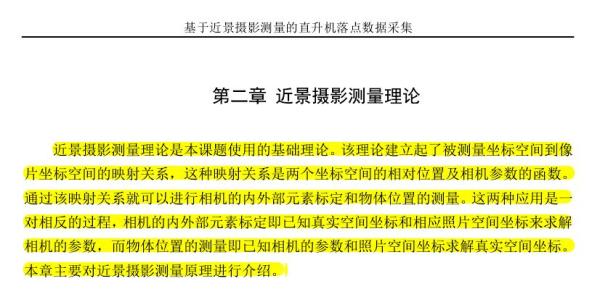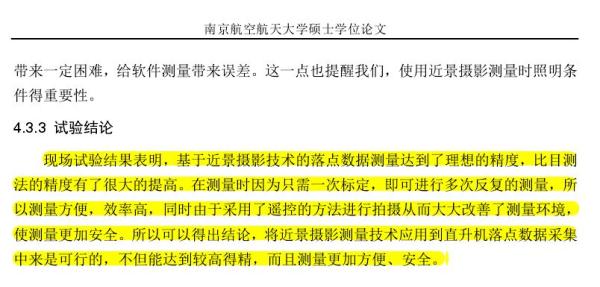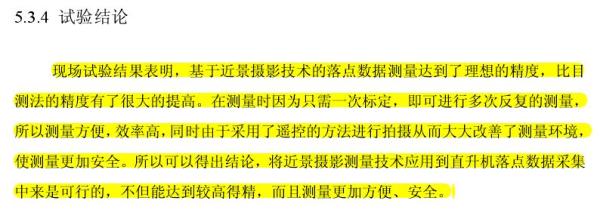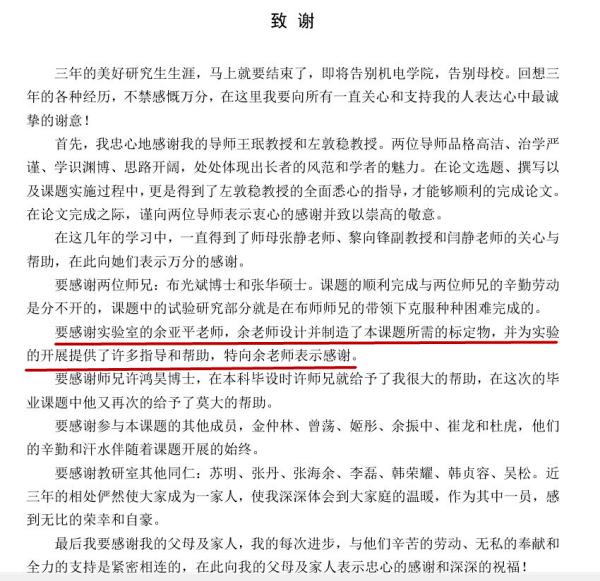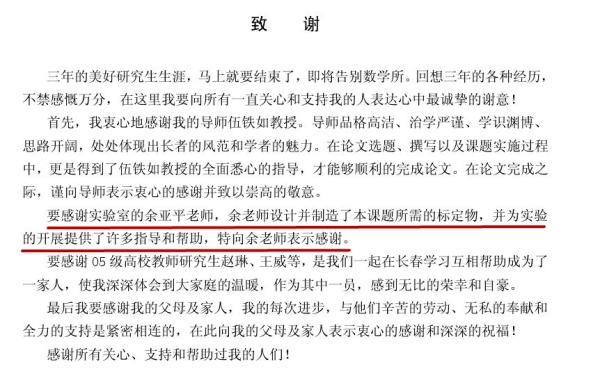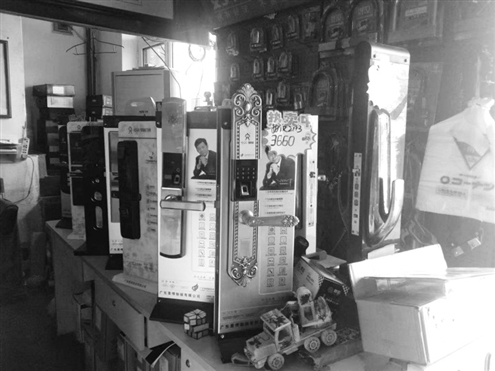Notice of the General Office of Beijing Municipal People’s Government on Printing and Distributing the Project of Promoting Domestic Waste Treatment in Beijing in 2011
Beijing Zhengban Fa [2011] No.10
The people’s governments of the districts and counties, the commissions, offices and bureaus of the municipal government, and the municipal institutions:
With the consent of the municipal government, we hereby print and distribute the passbook project of promoting domestic garbage disposal in Beijing in 2011 to you. Please attach great importance to the relevant units, cooperate closely, and pay close attention to the organization and implementation to ensure the completion of the task on schedule.
February 18, 2011
In 2011, Beijing promoted the passbook project of domestic waste treatment.
First, speed up the construction of garbage disposal facilities and promote the pollution control of existing facilities.
1。 Build the second phase of Gaoantun kitchen waste treatment plant, and promote the preliminary work of Chaoyang district domestic waste comprehensive treatment plant and other projects.
Main responsible unit: Chaoyang District Government
Co-organizers: Municipal Development and Reform Commission, Municipal Bureau of Land and Resources, Municipal Environmental Protection Bureau, Municipal Planning Commission and Municipal Appearance Commission.
2。 The kitchen waste treatment plant in Haidian District started construction, and the construction of domestic waste incineration plant and comprehensive treatment plant in Haidian District was promoted.
Main responsible unit: Haidian District Government
Co-organizers: Municipal Development and Reform Commission, Municipal Bureau of Land and Resources, Municipal Environmental Protection Bureau, Municipal Planning Commission and Municipal Appearance Commission.
3。 Construction of leachate treatment plant in Fengtai District Domestic Waste Circular Economy Park started, and the construction of wet decomposition treatment plant and kitchen waste treatment plant was promoted.
Main responsible unit: Fengtai District Government
Co-organizers: Municipal Development and Reform Commission, Municipal Bureau of Land and Resources, Municipal Environmental Protection Bureau, Municipal Planning Commission and Municipal Appearance Commission.
4。 Accelerate the construction of Wulituo garbage biochemical treatment project.
Main responsible unit: Shijingshan District Government
Co-organizers: Municipal Development and Reform Commission, Municipal Bureau of Land and Resources, Municipal Environmental Protection Bureau, Municipal Planning Commission and Municipal Appearance Commission.
5。 Accelerate the construction of Lujiashan garbage sorting, incineration and power generation project.
Main responsible units: Mentougou District, Haidian District, Fengtai District, Shijingshan District Government, and Municipal Appearance Committee.
Co-organizers: Municipal Development and Reform Commission, Municipal Bureau of Land and Resources, Municipal Environmental Protection Bureau, Municipal Planning Commission and Municipal Housing and Urban-Rural Development Commission.
6。 Nangong Domestic Waste Incineration Plant started construction.
Main responsible units: Daxing District Government and Municipal Appearance Committee.
Co-organizers: Municipal Development and Reform Commission, Municipal Bureau of Land and Resources, Municipal Environmental Protection Bureau and Municipal Planning Commission.
7。 Promote the construction of Changyang garbage comprehensive treatment plant and Mentougou Jiaojiapo comprehensive treatment plant.
Main responsible units: Fangshan District, Mentougou District and Shijingshan District Governments.
Co-organizers: Municipal Development and Reform Commission, Municipal Bureau of Land and Resources, Municipal Environmental Protection Bureau, Municipal Planning Commission and Municipal Appearance Commission.
8。 Carry out the preliminary work of Asuwei circular economy park, and promote the construction of Huayuan Huizhong garbage-derived fuel energy plant.
Main responsible units: Changping District Government and Municipal Appearance Committee.
Co-organizers: Municipal Development and Reform Commission, Municipal Bureau of Land and Resources, Municipal Environmental Protection Bureau, Municipal Planning Commission, Municipal Housing and Urban-Rural Development Commission and Beijing Electric Power Company.
9。 Complete the preliminary work of the project establishment and land acquisition of the comprehensive treatment center (Phase I) of Liangjiawu Domestic Waste.
Main responsible units: Tongzhou District Government and Municipal Appearance Committee Co-organizers: Municipal Development and Reform Commission, Municipal Bureau of Land and Resources, Municipal Environmental Protection Bureau and Municipal Planning Commission.
10。 Shunyi Domestic Waste Incineration Plant (Phase II) started construction.
Main responsible unit: Shunyi District Government
Co-organizers: Municipal Development and Reform Commission, Municipal Bureau of Land and Resources, Municipal Environmental Protection Bureau, Municipal Planning Commission and Municipal Appearance Commission.
Eleven. Accelerate the construction of comprehensive treatment plant for domestic waste in Pinggu District.
Main responsible unit: Pinggu District Government
Co-organizers: Municipal Development and Reform Commission, Municipal Bureau of Land and Resources, Municipal Environmental Protection Bureau, Municipal Planning Commission and Municipal Appearance Commission.
Twelve. Miyun county domestic waste comprehensive treatment plant started construction.
Main responsible unit: Miyun county government
Co-organizers: Municipal Development and Reform Commission, Municipal Bureau of Land and Resources, Municipal Environmental Protection Bureau, Municipal Planning Commission and Municipal Appearance Commission.
Thirteen. Promote the construction of kitchen waste treatment projects in Dongcheng, Xicheng, Mentougou, Tongzhou, Shunyi, Yanqing and other districts and counties.
Main responsible unit: relevant district and county governments.
Co-organizers: Municipal Development and Reform Commission, Municipal Bureau of Land and Resources, Municipal Environmental Protection Bureau, Municipal Planning Commission and Municipal Appearance Commission.
14。 Carry out the preliminary work of new technology demonstration projects such as plasma and garbage-derived fuel.
Main responsible unit: Municipal Appearance Committee Co-organizer: Municipal Environmental Protection Bureau.
Fifteen. Carry out the treatment of 20 informal landfill sites.
Main responsible unit: relevant district and county governments.
Co-organizers: Municipal Appearance Committee and Municipal Finance Bureau.
Two, promote the source classification of garbage, increase the recycling of renewable resources.
16。 The annual growth rate of domestic waste production in the six districts of the city is controlled below 4%, and the growth rate in the outer suburbs is controlled below 8%.
Main responsible unit: district and county governments
Co-organizers: Municipal Municipal Appearance Committee and Municipal Statistics Bureau.
17。 1,200 new garbage classification standard communities will be added, and the pilot work of garbage classification standard will be carried out in 1,200 administrative villages; Municipal party and government organs, district and county government offices to carry out waste classification standards pilot.
Main responsible unit: district and county governments
Co-organizers: Municipal Finance Bureau, Municipal Housing and Urban-Rural Development Committee, Municipal Appearance Committee, Municipal Agriculture Committee and Municipal Commerce Committee.
18。 We will promote the renovation and construction of equipment and facilities for classified collection, transportation and storage of garbage such as closed cleaning stations, basically complete the renovation task of closed cleaning stations in urban areas, and support the use of energy-saving and environmentally-friendly garbage classified collection and transportation vehicles.
Main responsible unit: district and county governments
Co-organizers: Municipal Science and Technology Commission, Municipal Public Security Bureau, Municipal Environmental Protection Bureau, Municipal Planning Commission, Municipal Appearance Commission, Municipal Transportation Commission and Municipal Quality Supervision Bureau.
19。 Improve the system of classified collection, transportation, treatment and resource recovery of garbage in rural areas, and promote the construction of rural renewable resource recovery outlets.
Main responsible unit: relevant district and county governments.
Co-organizers: Municipal Environmental Protection Bureau, Municipal Planning Commission, Municipal Appearance Commission, Municipal Agriculture Commission and Municipal Commerce Commission.
20。 300 renewable resource recycling sites will be newly built, and two leading enterprises in renewable resource recycling will be cultivated.
Main responsible unit: Municipal Commission of Commerce
Co-organizers: City Six District Government, Municipal Development and Reform Commission, Municipal Public Security Bureau, Municipal Finance Bureau, Municipal Bureau of Land and Resources, Municipal Environmental Protection Bureau, Municipal Planning Commission, Municipal Housing and Urban-Rural Construction Commission, Municipal Appearance Commission and Municipal Administration for Industry and Commerce.
Three, standardize the management of construction waste, promote the construction of resource reuse facilities.
21。 The implementation of construction waste disposal permit, strengthen the supervision and management of construction waste. Gradually realize the acceptance, examination and approval of construction waste discharge and disposal permit application and the sharing of information resources for administrative examination and approval of construction permit, and carry out joint office of administrative examination and approval. We will implement the Provisions of Beijing Municipal People’s Government on Prohibiting Vehicle Transport Leakage and Spreading and the Regulations on Green Construction Management, and control the road spillage and muddy wheels of construction waste transport vehicles from the source.
Main responsible units: Municipal Appearance Committee, Municipal Housing and Urban-Rural Construction Committee.
Co-organizers: district and county governments, municipal environmental protection bureau, municipal quality supervision bureau and municipal urban management and law enforcement bureau.
22。 To study and formulate industrial policies for recycling construction waste, quality standards for recycled products, technical regulations for application of recycled products and policies for promotion and use. Main responsible units: Municipal Appearance Committee, Municipal Housing and Urban-Rural Construction Committee.
Co-organizers: Municipal Development and Reform Commission, Municipal Finance Bureau, Municipal Planning Commission, Municipal Transportation Commission and Municipal Quality Supervision Bureau.
23。 Carry out two demonstration projects of construction waste resource treatment facilities in Jingnan and Jingbei, and strive to achieve a resource treatment capacity of 2 million tons/year.
Main responsible units: Municipal Appearance Committee, Municipal Housing and Urban-Rural Development Committee and relevant district and county governments.
Co-organizers: Municipal Development and Reform Commission, Municipal Bureau of Land and Resources, Municipal Environmental Protection Bureau and Municipal Planning Commission.
Four, strengthen the supervision of garbage disposal, increase policy support.
24。 The harmless treatment rate of domestic garbage in six districts of the city and suburban counties reached 100% and 88% respectively.
Main responsible unit: district and county governments
Co-organizers: Municipal Municipal Appearance Committee and Municipal Statistics Bureau.
25。 Carry out the preliminary work for the construction of the supervision system for the operation of garbage disposal facilities.
Main responsible unit: Municipal Municipal Appearance Committee
Co-organizers: Municipal Development and Reform Commission, Municipal Economic Information Commission, Municipal Environmental Protection Bureau and relevant district and county governments.
26。 We will promote the pilot work of the metering system of integrated circuit cards for municipal garbage disposal facilities.
Main responsible unit: Municipal Municipal Appearance Committee
Co-organizers: district and county governments and municipal finance bureau.
27。 We will promote the full-closed membrane covering operation technology of domestic waste landfills such as Liulitun and Yonghezhuang, and improve the leachate treatment capacity of facilities.
Main responsible units: relevant district and county governments, municipal committee of city appearance.
Co-organizers: Municipal Development and Reform Commission, Municipal Finance Bureau and Municipal Environmental Protection Bureau.
